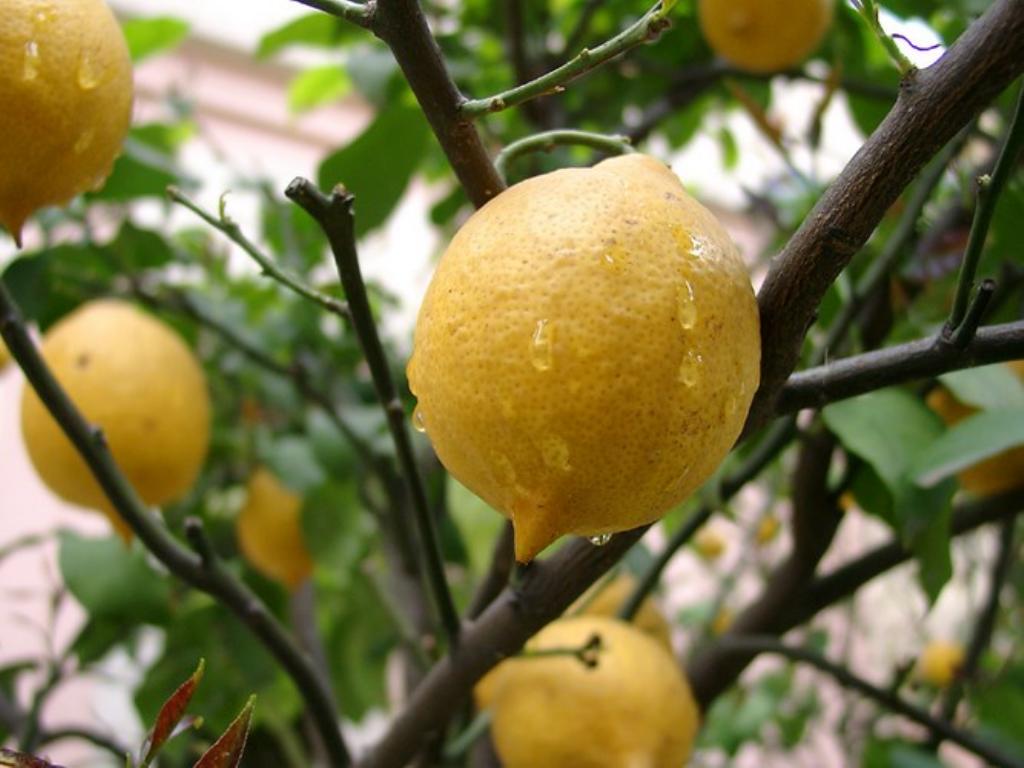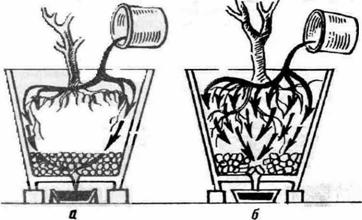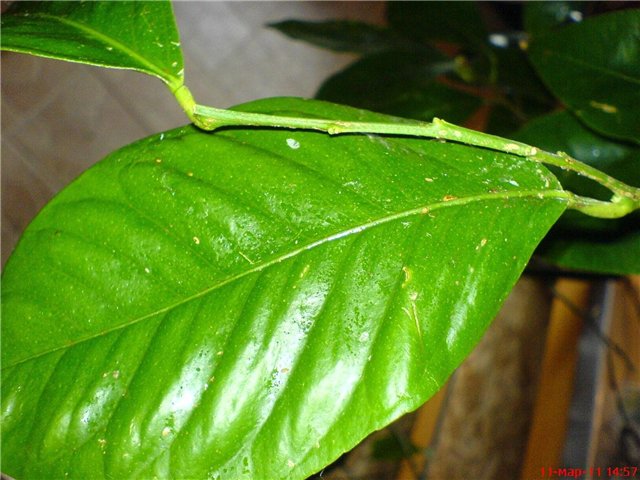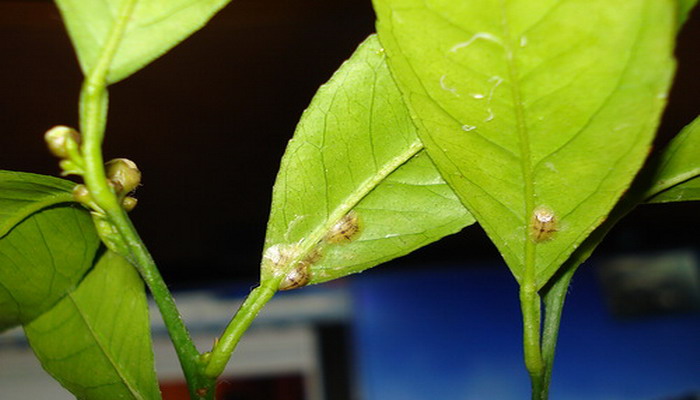Lemon care at home
In the wild, citrus fruits grow well, multiply, bloom, bear fruit. For the home, this type of plant is quite capricious. If you want to have a beautiful tree with good fruits, learn more about the peculiarities of caring for a lemon at home.
Content
Optimal growing conditions
Lemon trees are planted by cuttings, seeds, or grafts. However, you don't have to plant it yourself. Moreover, this also requires certain knowledge. There are now enough places where you can buy a ready-made potted plant. This is a botanical garden, a specialized nursery, or a flower shop. So, you've brought a new guest to your apartment. Where to begin?
A place
Determine the location for your pet in advance. Consider several factors:
- provide the tree with a permanent "home". It does not tolerate frequent movements;
- rather high height - about two meters. Measure against the size of your ceilings. If you want something a little lower, you can opt for citrus hybrids. For example, Meyer's lemon, or citrofortunella. The trees are only up to one and a half meters high. Requires less care than other varieties (check out the photo);
- keep it away from heating radiators. The heat will be detrimental.
Lighting
Homemade lemon is very fond of a bright room. Ideal - diffused sunlight, south or southeast side of the house. You can keep it in direct sunlight for up to two hours a day. No more, otherwise the foliage will burn. In winter, additional lighting is required.

Homemade citrus fruits turn their leaves to follow the light. Therefore, so that you do not have it one-sided, to form a beautiful crown, slightly unfold the flowerpot. Do it as needed, but carefully.
Too strong, long-term (more than 12 hours / day) lighting leads to rapid growth, but slows down fruiting. Insufficient - slows down growth, causes disease.
Temperature
The most important stage of caring for a lemon tree is in the spring. Active growth and flowering begins. Therefore, an important role here is played by such a factor as the temperature regime.
Citrus fruits endure various temperatures: from +14 to +27 degrees. The peculiarity is that it must be the same all the time. The tree does not tolerate temperature fluctuations well. When the flowering period begins, the apartment should not be higher than +18 degrees. A higher temperature leads to drying out of the buds, and then to their dropping.
In the spring (starting from +12 degrees), the flowerpot can be moved to the balcony. A garden plot is also suitable. This stimulates growth.
Lemon needs cooler conditions in winter than in summer. An insulated balcony is perfect for him. If the apartment is hot, illness can occur, even death. At night, wrap the crown with a light natural cloth.
Humidity
Humidity is of particular importance when caring for indoor lemon. It is moderate, 60-70% at an average temperature (+18 degrees). If it's hot, spray the plant, also the air around it twice daily.
The soil
Lemon tree primer needs a neutral reaction. Acidic exclude. Keep the soil loose. The approximate composition is as follows:
- deciduous land, 2 parts;
- sand, 1 part;
- humus, 0.5 parts;
- wood ash, 0.25 parts.
A little clay is added to adult trees.Be sure to use drainage. For example, fine gravel or charcoal. The top layer of the soil must be periodically loosened shallowly.
Fertilization and watering
Lemon maintenance requires careful watering. The ideal moisture is natural: river, rain, snow. Using room water, it is boiled, defended, acidified. This makes it less rigid. 1 gram of citric acid in 6 liters of water. Or: 1 liter - 4 drops of acetic acid; 4 liters - 0.1 grams of ascorbic acid.
Abundant watering is necessary for him in the summer, up to two times daily. The bottom of the pot should be perforated and the soil should be well drained. Thus, moisture stagnation at the roots is avoided.

In the fall, watering is reduced. In winter, it is brought up to one or two times a week. Remember to spray: leaves, trunk, air around.
Signs indicating the need for hydration:
- grayish earth tint;
- the pot makes a ringing sound if you click on it;
- drooping young shoots;
- the leaves are rolled up in a "tube";
- a lump of soil from the dishes easily crumbles.
Watering the lemon depends on:
- his age (the older, the more often);
- air temperature (the higher, the more often);
- humidity (at high - less often);
- time of the year.
The most important component of lemon care at home is top dressing. Nutrients are essential for normal growth and fruiting. March - October fertilization is applied every three weeks. Organic fertilizers alternate with mineral fertilizers. In the summer they are fed when watering. The rest of the time - 2 hours after moistening. Overfeeding has a negative effect. Therefore, it is better to underfeed. In winter, it is not necessary to feed the lemon.
Video "Growing Lemon at Home"
More information about growing citrus fruits at home in the video below
Pests and diseases
All indoor plants, lemon are also susceptible to disease, pest attacks. Careful grooming is essential to ensure a healthy life for your pet. In the meantime, let's figure out who is the most dangerous pest, what problems they can cause.
Shield
Damages leaves. They are covered with brown round scales. It's almost impossible to separate them. The shield is covered with a wax carapace. Therefore, chemicals are useless here. Soon a sticky discharge appears from the leaves. In the absence of measures, they turn yellow, then fall off.
It is best to deal with such a disease at the initial stage. Examine the sheets daily, especially the bottom. If you notice an insect, then one leaf can be donated. For widespread lesions, wipe them with a cloth dampened with soapy water. Then - with an alcohol solution. After that, treat all green parts with an insecticide, as larvae may remain.

Spider mite
The most dangerous pest of homemade lemon. Initially, the leaves are covered with small yellowish spots. Later they turn brown. And then a cobweb appears, where the tick lives. It looks like moving reddish dots. Favorable conditions for distribution - high temperature, dry air. The tick lays its larvae in just a week. The leaves are curled up in a "tube".
Lemon can become infected with spider mites from other plants, or by air. It is very difficult to breed. Therefore, it is easier to do prevention:
- inspect daily; conduct a thorough inspection;
- rinse the crown weekly under the shower, especially both sides of the leaves;
- wipe the greens monthly with soapy water;
- citrus should be kept separate from other plants.
When a tick or aphid appears, spray with this solution: pour a tablespoon of tobacco dust with a glass of boiling water. Insist 6 days. Add shavings of laundry soap. Spray for a month, once every week.

They also use the following solution. Pour the chopped head of garlic with a glass of boiling water. Insist for two days. The dishes are dark, covered. Strain. Apply in the same way.
For ticks, aphids, there is a drug "Omite" (4 ml / 1 l of water).Spray weekly 3 times in a row. Other chemicals can be used. However, it should be remembered that they are toxic to humans. Carry out processing, care, only wearing gloves, with good air access. They destroy aphids in the same way as a spider mite.
The lemon tree is susceptible to bacterial, infectious, viral diseases. The latter are incurable. These are such as: xylopsorosis. The virus can live 10 years before the first signs appear. Therefore, only a specialist can determine this disease. Tristeza - affects the bark of a plant, until its death. Leaf mosaic, citrus cancer.
Infectious diseases
Gommoz. It hits the trunk of a tree. Its lower part becomes brown, covered with cracks. A gummy dark liquid flows out of them. The cracks are growing. Rotting begins. The damaged parts are cleaned, covered with copper sulfate. The plant is transplanted. They take a new, fertilized soil. Before that, they are examined, the roots are washed. Sometimes it is impossible to cure gommosis.
Malseco. It strikes shoots, up to death. First, their tips are affected, passing to foliage, then wood. The diseased parts are brick-colored. Leaves fall. Unfortunately, there is no specific prescription for treatment.
Root rot. It is noticeable when a massive leaf fall begins. Treatment. Remove the lemon from the soil. Rinse the roots. Remove rotten parts completely. Transplant into a new pot. Take good quality soil.
The main cause of these problems is poor houseplant care. It should be remembered that not only fruitful, but also decorative lemons require careful maintenance.
So do it right, then your lemon tree will be fine.
